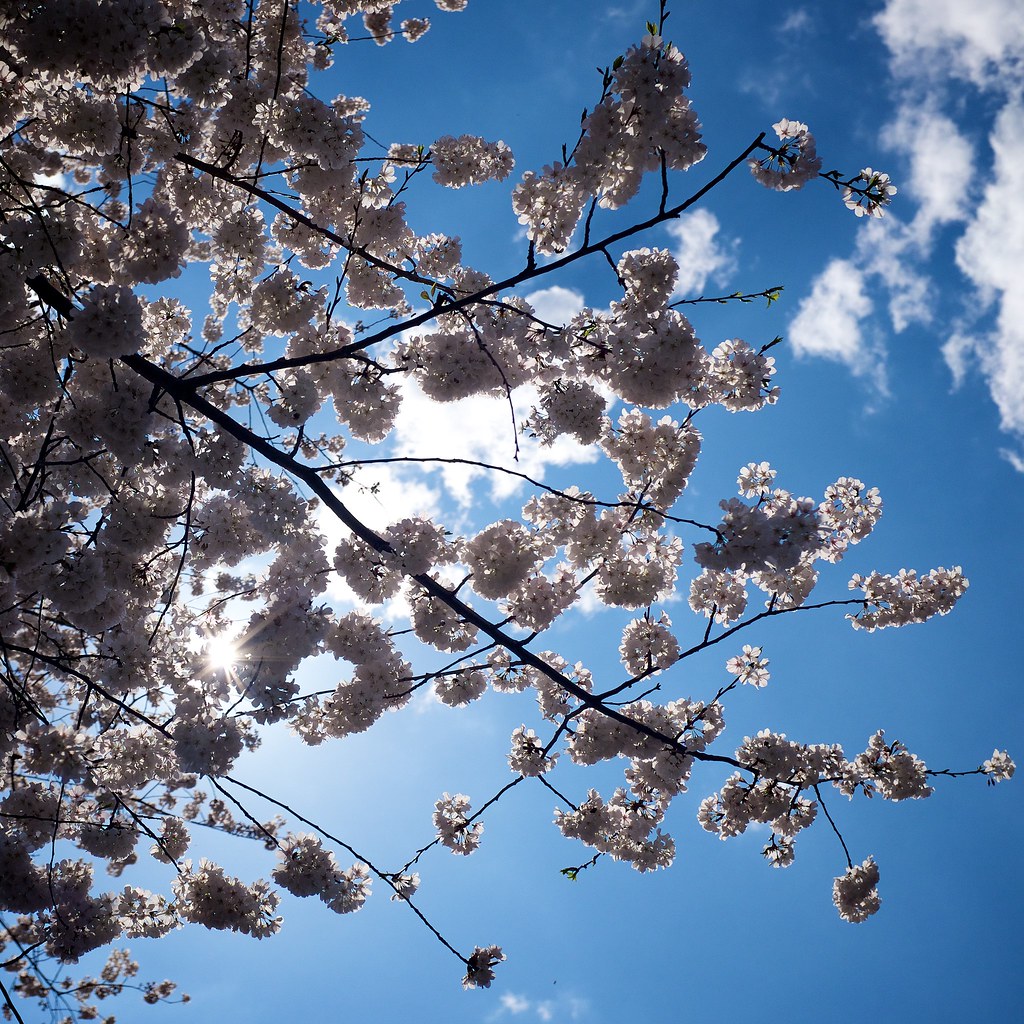I'm wondering about different filters and their relation/importance to capturing vivid colors, and also their use for different lighting types/situations. I'm looking to capture images true to what my eye sees when it comes to color, and it seems like they always come out "flat"-looking. The colors I'm looking at say, in the sky during sunset always look so much more vibrant and "pop" more than the image I take of the same scene, where they still may look good, but not GREAT, like how I'm seeing it with my eyes. Do filters help with this, or is it more about exposure and aperture settings?
Any tips on capturing rich colors in shots of sunsets/rises, tropical scenes like beach/jungle, New England leave changes in the fall, and other scenes generally filled with color, both in nature and man-made or staged.
I currently have a Nikon D5500 with a 18-140mm Lense and a Tamron 70-300mm lense with macro. I can't remember their f-stops off the top of my head and don't have em with me right now. Pretty sure they're both like 3.5-4.5 or 5.6, something like that. Both have UV filters on them, and that's all I have filter-wise right now. Are their any other "must have" filters I should pick up, even outside of the colors question, just generally speaking?
Any tips on capturing rich colors in shots of sunsets/rises, tropical scenes like beach/jungle, New England leave changes in the fall, and other scenes generally filled with color, both in nature and man-made or staged.
I currently have a Nikon D5500 with a 18-140mm Lense and a Tamron 70-300mm lense with macro. I can't remember their f-stops off the top of my head and don't have em with me right now. Pretty sure they're both like 3.5-4.5 or 5.6, something like that. Both have UV filters on them, and that's all I have filter-wise right now. Are their any other "must have" filters I should pick up, even outside of the colors question, just generally speaking?
















![[No title]](/data/xfmg/thumbnail/36/36135-6594fe1d58af0053c3e939665e543ce4.jpg?1734168245)




![[No title]](/data/xfmg/thumbnail/36/36133-8b29212f67c25fcf353a0c2f376b1501.jpg?1734168234)
